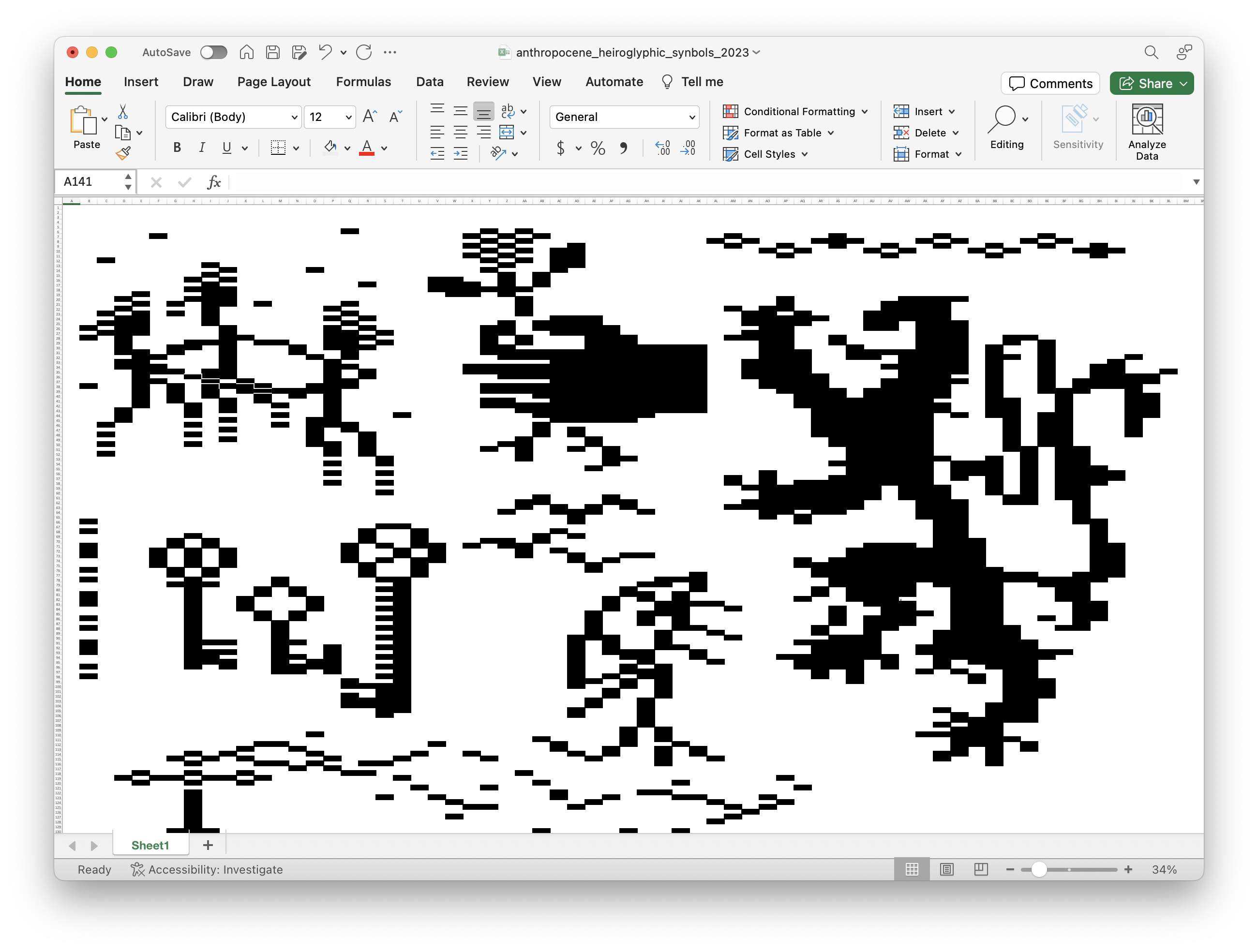


︎ Sacred Carvings of a Modern Age
Hieroglyphic (from the Greek word for “sacred carving”) refers to a system of writing consisting of pictoral characters as symbols for objects and sounds. Originally, "hieroglyphic" referred exclusively to Egyptian monument writing. However, since the late 19th century, the term has been extended to encompass the writing systems of other cultures, provided they utilize pictorial symbols as writing characters.
In a modern age of computers, do hieroglyphs fulfill a purpose?
We enter a realm of philosophical inquiry where the boundaries of symbol and meaning become blurred. Are hieroglyphs limited to ancient scripts, or can they transcend time and take on new forms in the modern world? In an era saturated with visual communication, where emojis, icons, logos, and road signs abound, one must ponder whether these symbols possess the essence of hieroglyphic expression. Do they encapsulate ideas, emotions, and concepts in a condensed visual language? Or are they purely utilitarian tools devoid of the profound cultural and religious significance attributed to ancient hieroglyphs?
Can we perceive them as contemporary hieroglyphs, signifiers of our digital age, carrying messages across the vast landscape of modern communication?
Perhaps the definition of modern-day hieroglyphs lies in the interpretation and understanding we attribute to these symbols, and the cultural significance we ascribe to them.

